Astronomers have discovered a huge filament of hot gas bridging four galaxy clusters. At 10 times as massive as our galaxy, the thread could contain some of the universe’s ‘missing’ matter, addressing a decades-long mystery.
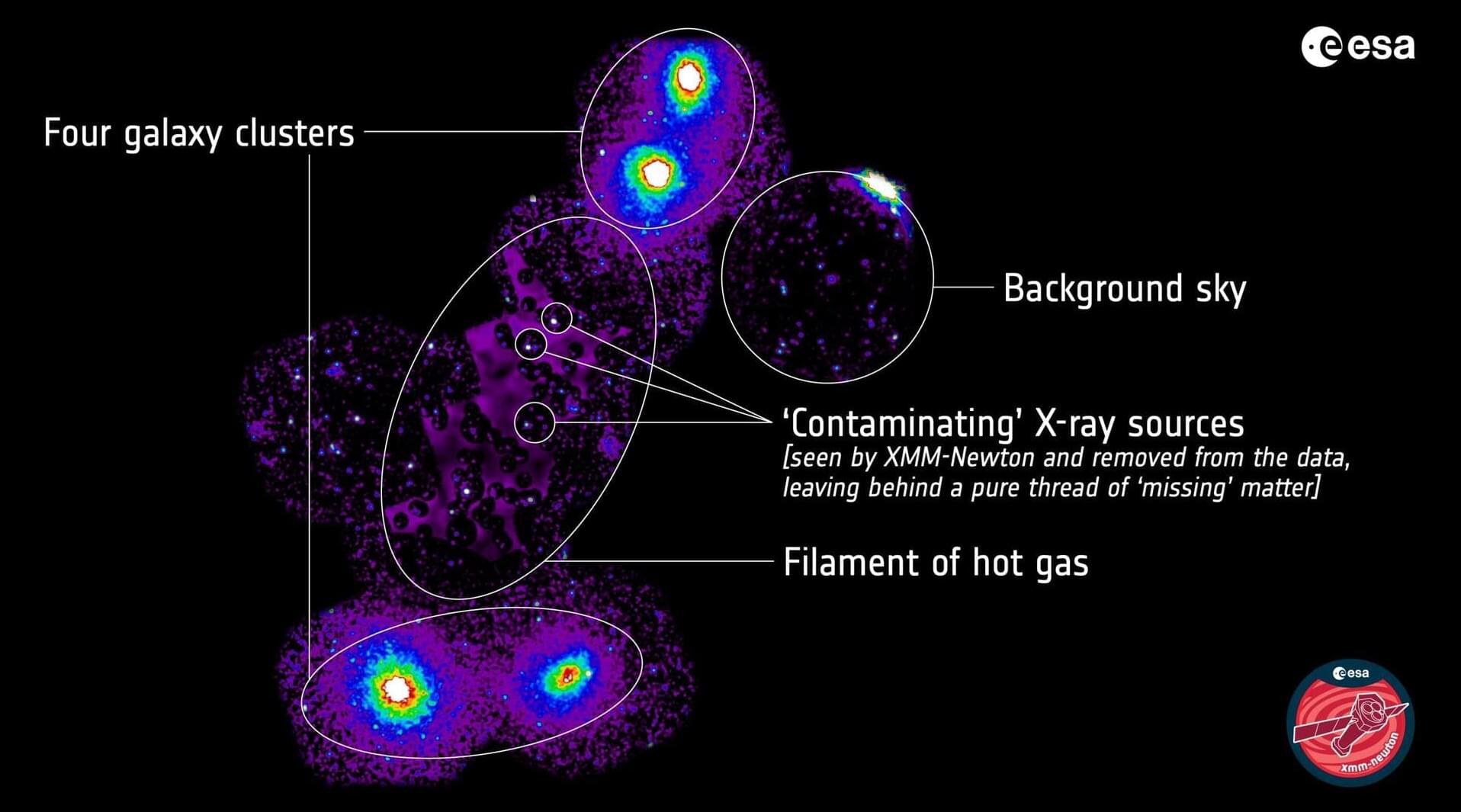


A new cement-based paint can cool down the building by sweating off the heat. The cooling paint, named CCP-30, was designed by an international team of researchers and features a nanoparticle-modified porous structure composed of a calcium silicate hydrate (C-S-H) gel network.
This design enabled it to achieve superior cooling by combining both radiative, evaporative and reflective cooling mechanisms, which allowed it to reflect 88–92% of sunlight, emit 95% of the heat as infrared radiation, and hold about 30% of its weight in water, making it a paint ideal for keeping spaces cool throughout the day and across seasons.
As per the findings published in Science, the paint provides 10 times the cooling power of commercial cooling paints in tropical climates, resulting in electricity savings of 30 to 40%.

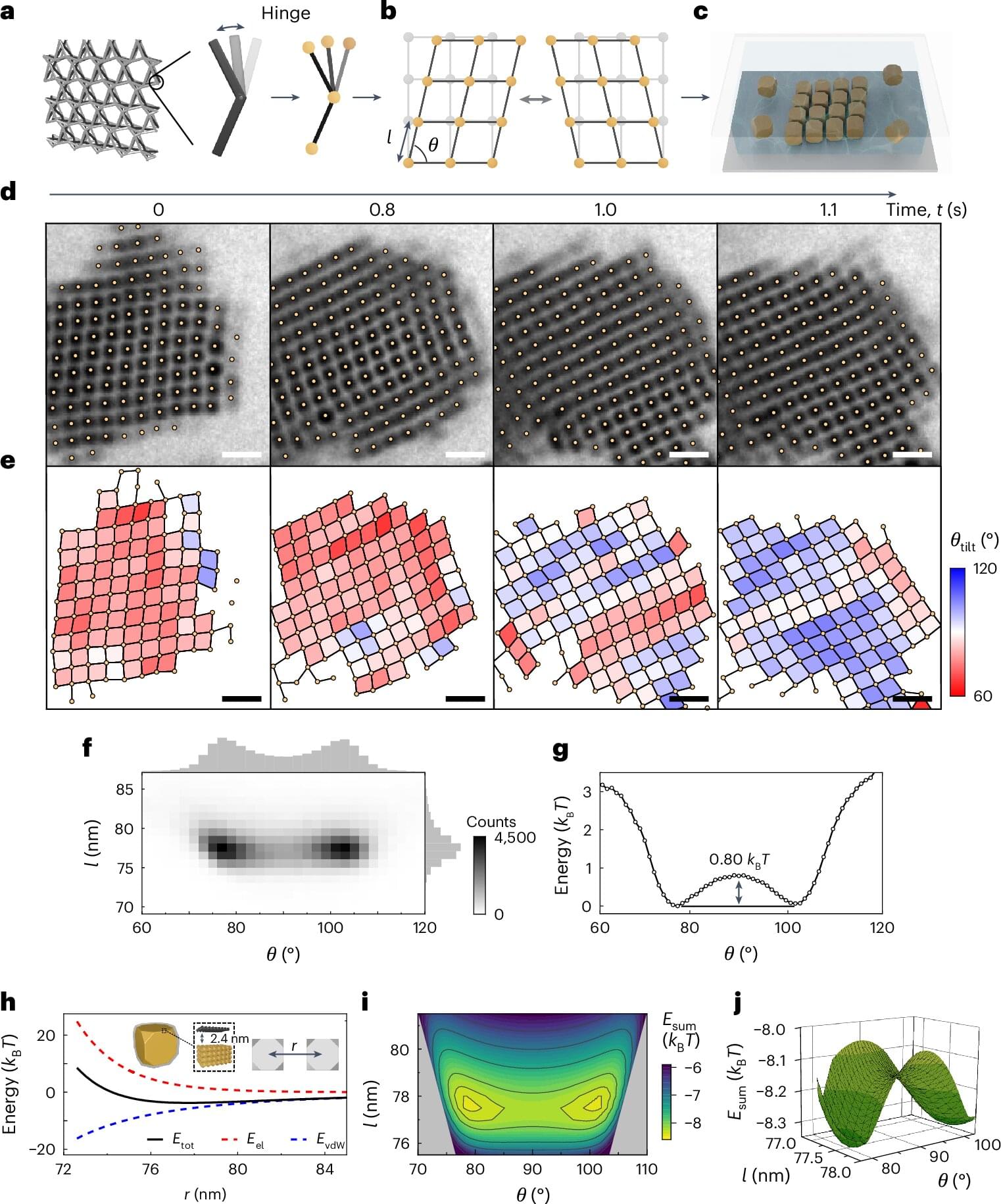
A research team including members from the University of Michigan have unveiled a new observational technique that’s sensitive to the dynamics of the intrinsic quantum jiggles of materials, or phonons.
This work will help scientists and engineers better design metamaterials—substances that possess exotic properties that rarely exist in nature—that are reconfigurable and made from solutions containing nanoparticles that self-assemble into larger structures, the researchers said. These materials have wide-ranging applications, from shock absorption to devices that guide acoustic and optical energy in high-powered computer applications.
“This opens a new research area where nanoscale building blocks—along with their intrinsic optical, electromagnetic and chemical properties —can be incorporated into mechanical metamaterials, enabling emerging technologies in multiple fields from robotics and mechanical engineering to information technology,” said Xiaoming Mao, U-M professor of physics and co-author of the new study.

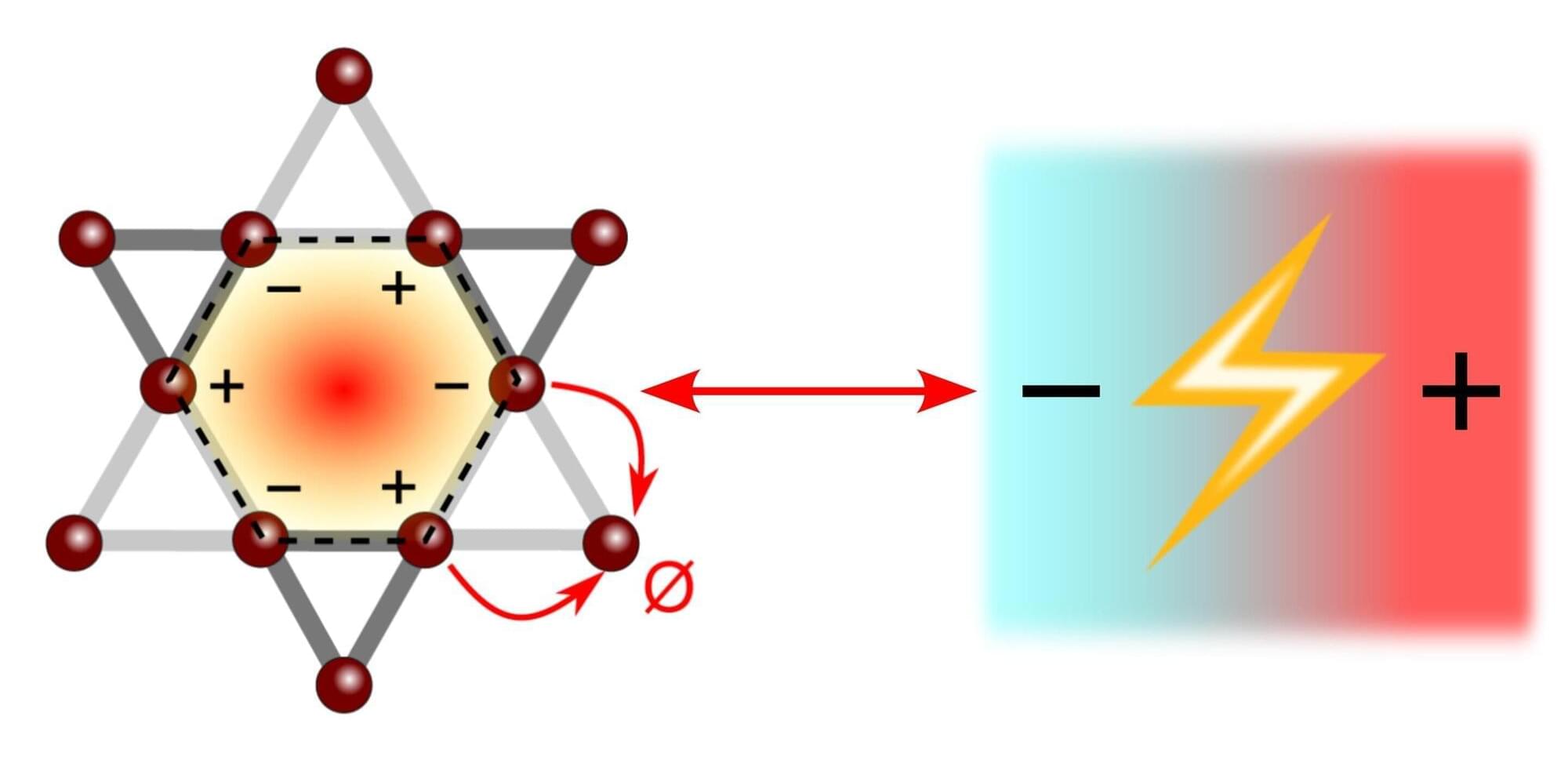
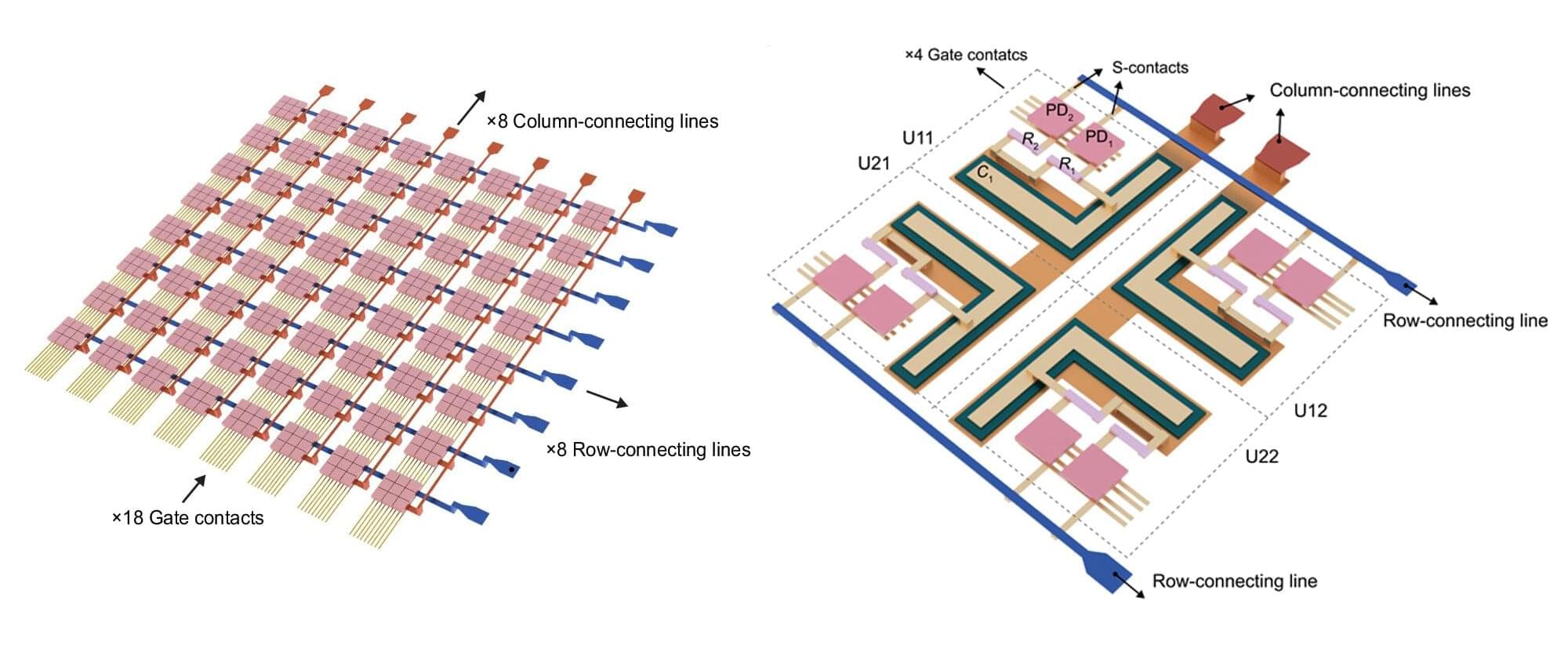
Researchers at the University of Massachusetts Amherst have pushed forward the development of computer vision with new, silicon-based hardware that can both capture and process visual data in the analog domain. Their work, described in the journal Nature Communications, could ultimately add to large-scale, data-intensive and latency-sensitive computer vision tasks.
“This is very powerful retinomorphic hardware,” says Guangyu Xu, associate professor of electrical and computer engineering and adjunct associate professor of biomedical engineering at UMass Amherst. “The idea of fusing the sensing unit and the processing unit at the device level, instead of physically separating them apart, is very similar to the way that human eyes process the visual world.”
Existing computer vision systems often involve exchanging redundant data between physically separated sensing and computing units.
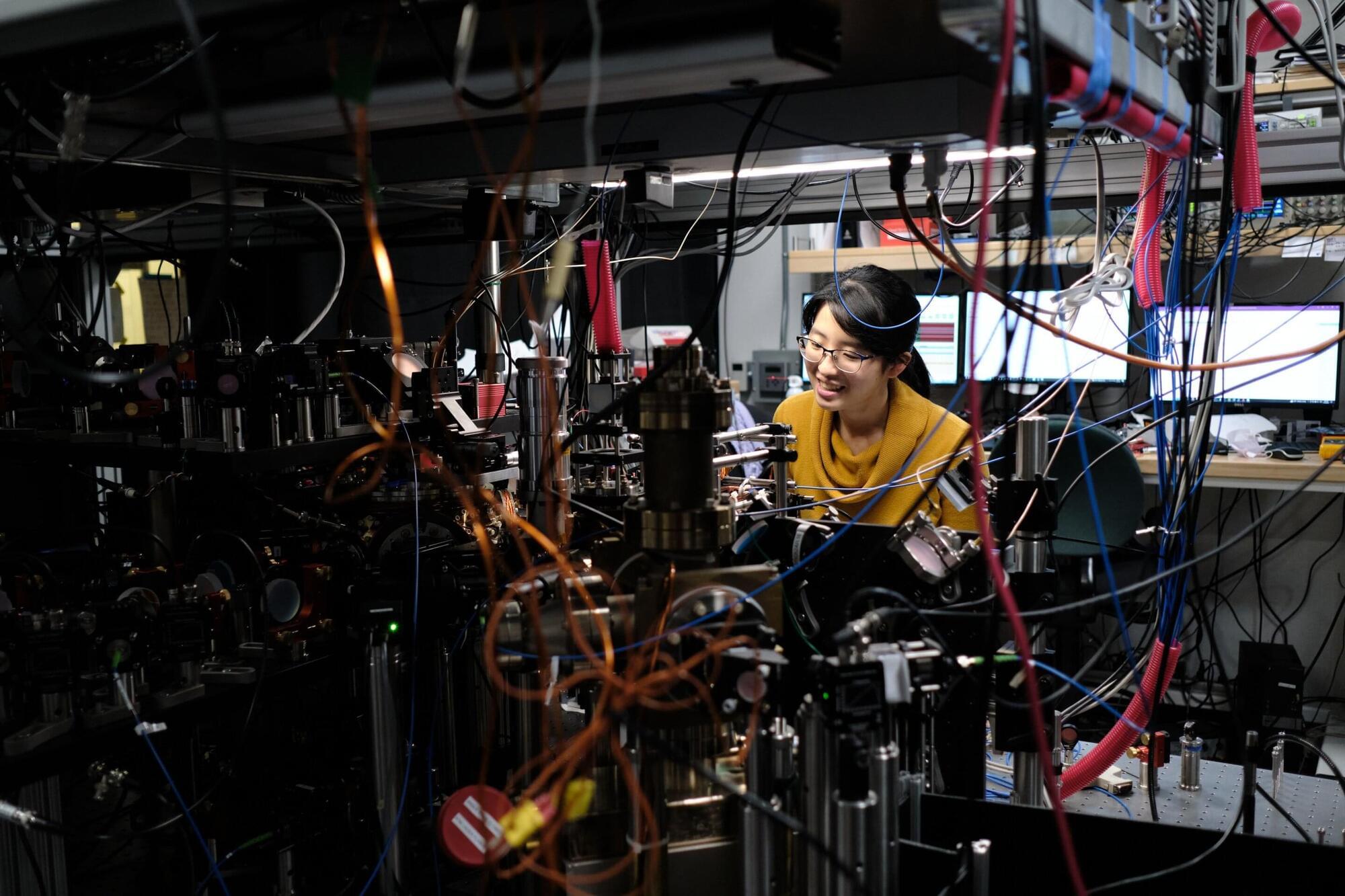
As the number of particles in a physical system increases, its properties can change and different phase transitions (i.e., shifts into different phases of matter) can take place. Microscopic systems (i.e., containing only a few particles) and macroscopic ones (i.e., containing many particles) are thus typically very different, even if the types of particles they are made up of are the same.
Mesoscopic systems lie somewhere between microscopic and macroscopic systems, as they are small enough for individual particle fluctuations to impact their dynamics and yet large enough to support collective particle dynamics. Studying these middle-sized physical systems can yield interesting insight into how the fluctuations of individual particles can give rise to the collective particle behavior observed as a system grows.
Researchers at the University of California Berkeley and Columbia University recently introduced a new approach to precisely realize physical systems that are ideal for studying mesoscopic physics and the underpinnings of phase transitions. Their approach, outlined in a paper published in Nature Physics, relies on the use of atom tweezer arrays to control the number of atoms in a system and how they interact with light.
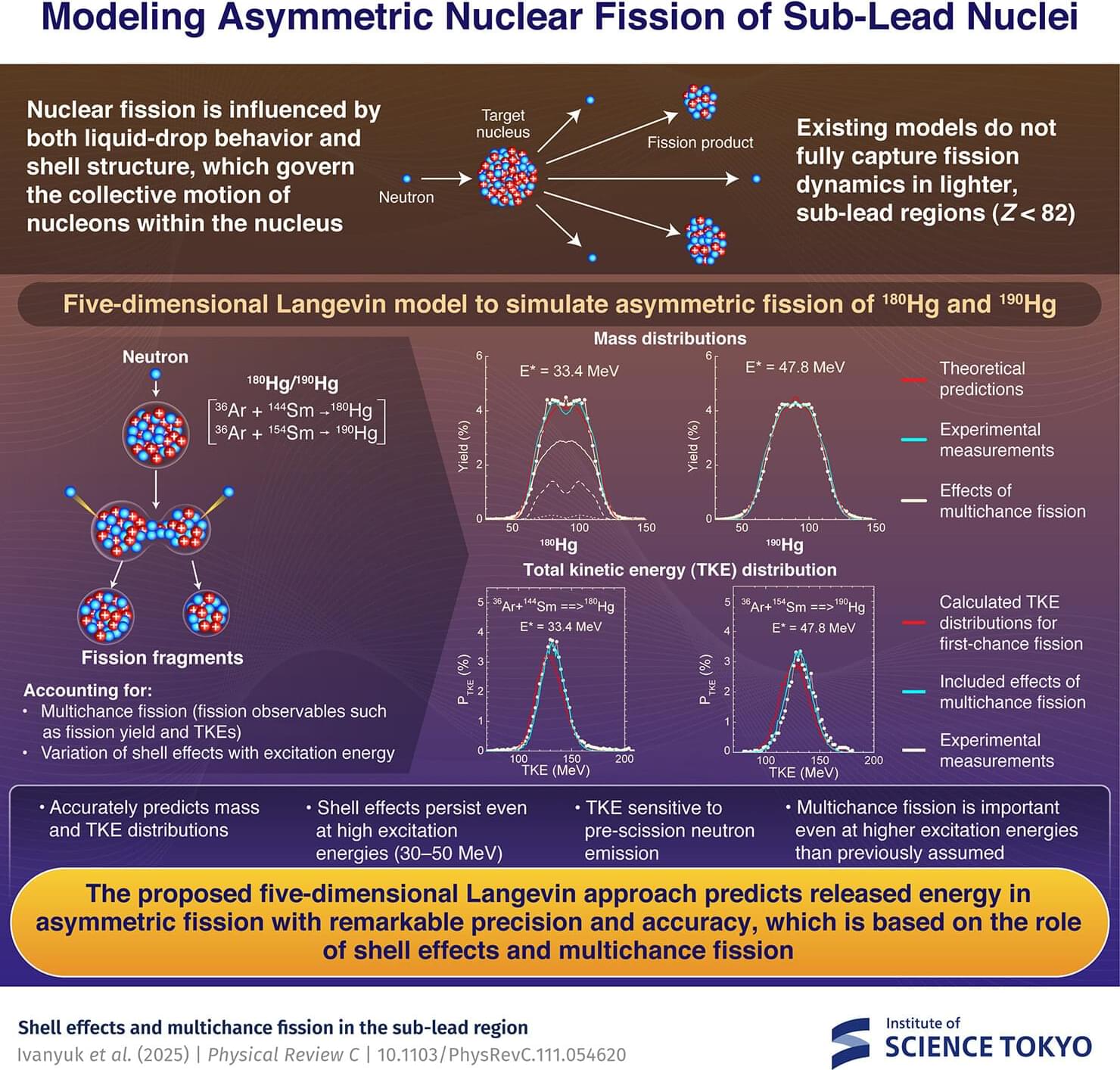
A five-dimensional (5D) Langevin approach developed by an international team of researchers, including members from Science Tokyo, accurately reproduces complex fission fragment distributions and kinetic energies in medium-mass mercury isotopes (180 Hg and 190 Hg). The model successfully captures the unusual “double-humped” fragment mass distribution observed in mercury-180 and offers new insights into how nuclear shell effects influence fission dynamics—even at higher excitation energies than previously thought—advancing our understanding of fission in the sub-lead region.
Nuclear fission, the process by which an atomic nucleus splits into smaller parts, is a fundamental process in nuclear physics. While the fission of heavy elements like uranium and plutonium is well studied, lighter nuclei such as mercury (Hg) behave in unexpected ways.
Experiments have shown that 180 Hg undergoes an unexpected form of asymmetric fission, producing fragments of very different sizes. These findings challenge existing models and highlight the need to better understand how nuclear structure affects fission in the sub-lead region, which includes elements with atomic numbers below 82.

An international research team led by GSI/FAIR, Johannes Gutenberg University Mainz (JGU) and Helmholtz Institute Mainz (HIM) has succeeded in the production of a new seaborgium isotope. In the experiment conducted at the GSI/FAIR accelerator facilities, 22 nuclei of seaborgium-257 could be detected. The results were published in the journal Physical Review Letters and highlighted as an “Editor’s Suggestion.”
With the newest addition, 14 isotopes of the artificial superheavy element seaborgium (atomic number 106) are now known. For the production of seaborgium-257, an intense chromium-52 beam from the GSI/FAIR linear accelerator UNILAC impinged onto high-quality lead-206 targets.
Using the highly efficient detection system of the gas-filled recoil separator TASCA (TransActinide Separator and Chemistry Apparatus), 22 decays of seaborgium-257 nuclei were detected in total: 21 fission events and one alpha decay. The half-life of the new isotope, situated just next to the enhanced neutron shell gap at 152, is 12.6 milliseconds.